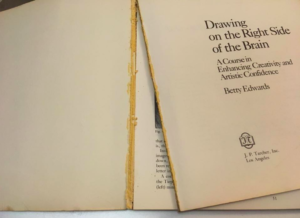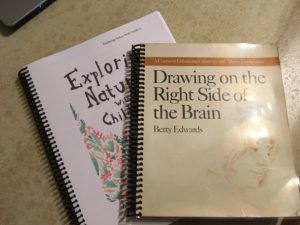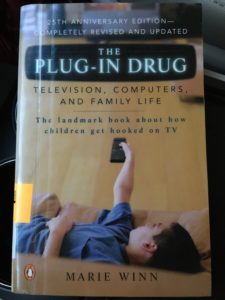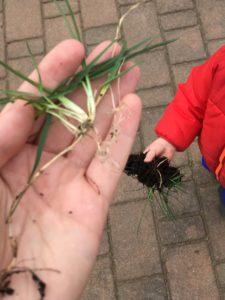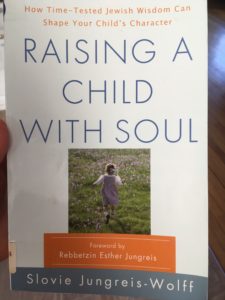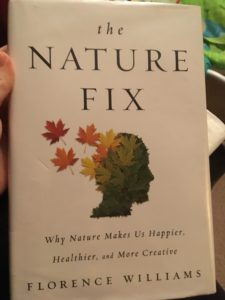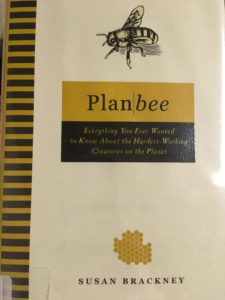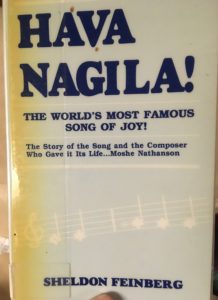I own few children’s books as pretty as The Seashore Book.
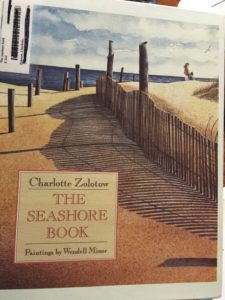
It’s full of beautiful, realistic paintings (if very dated to the early 90s in the few pictures with people).
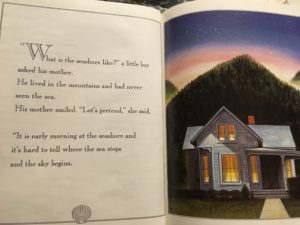
This first page of the book sets the story: the book is told in the form of a mother telling her child a story about visiting the seashore, where her son is the main character. It’s a calming, quiet story perfect for bedtime or during the baby’s nap.
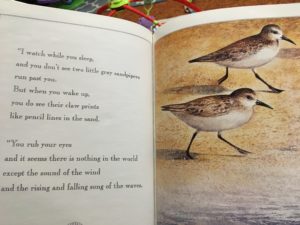
Amazon tells me that the book was recently re-released last year (2017), and it looks like they re-did some of the pictures in a brighter style and changed the formatting a bit. From just a glimpse of the sample pages on Amazon, I actually prefer the original 1994 edition. Unfortunately, the lowest price for that version on Amazon as of today is $40 (new; used copies as low as $5.50). Compared to $14 for the new version, no contest, I’d buy the new one. However, this older book is a great candidate to look for at library used book sales, library discard sales, and other used book sources. I found it for $4! And it was in person, so no shipping!
A side benefit of the book I didn’t expect: I don’t know how to tell stories. I much prefer reading them aloud. This book is a great middle ground because by reading the book, I learn one way to tell a story and build some “muscle memory” of phrasing, so to speak.
Because we often visit the beach, I prioritize finding naturalist-style books about the ocean and beach, and this one is excellent. Highly, highly recommend The Seashore Book!
